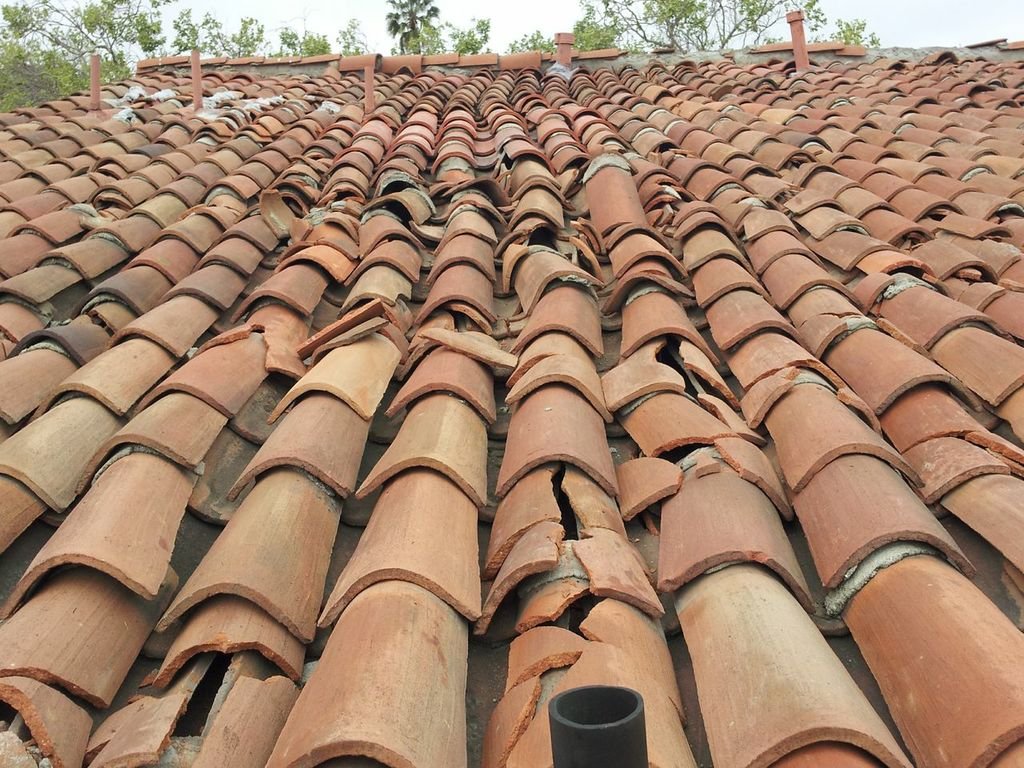
Unraveling the Benefits of Tile Roofing: Identifying When to Refresh
Tile roofing has adorned homes for centuries, offering a timeless elegance combined with remarkable durability. We'll explore the extensive benefits of tile roofs and offer guidance on when it could be appropriate to contemplate replacing your tile roof.
Exceptional Durability: Tile roofs are renowned for their durability and longevity, often lasting 50 years or more with proper installation and maintenance. Made from materials such as clay, concrete, or slate, tile roofs can withstand various weather conditions, including high winds, heavy rain, and extreme temperatures.
Timeless Aesthetic Appeal: One of the most significant advantages of tile roofing is its timeless aesthetic appeal. Available in a wide range of colors, shapes, and textures, tile roofs enhance the architectural beauty of any home, adding character and charm that lasts a lifetime.
Superior Insulation and Energy Efficiency: Tile roofing provides excellent insulation properties, helping to regulate indoor temperatures and reduce energy consumption. By keeping homes cooler in the summer and warmer in the winter, tile roofs contribute to lower heating and cooling costs and create a more comfortable living environment.
Low Maintenance Requirements: Unlike other roofing materials that may require frequent maintenance and repairs, tile roofs are relatively low maintenance. Routine inspections and occasional cleaning are typically all that's needed to keep tile roofs in optimal condition, saving homeowners time and money in the long run.
Fire Resistance: Tile roofing materials, such as clay and concrete, are inherently fire-resistant, providing an added layer of protection for homes in wildfire-prone areas. This fire resistance can help minimize the risk of damage to property and protect homeowners' investments.
Identifying When It's Time to Replace Your Tile Roof
Cracked or Broken Tiles: Over time, tiles may become cracked, broken, or chipped due to exposure to extreme weather conditions, falling debris, or foot traffic. If you notice significant damage to your tile roof, it's essential to address it promptly to prevent water infiltration and structural damage.
Loose or Dislodged Tiles: Loose or dislodged tiles can compromise the integrity of the roof and create entry points for water infiltration. If you observe tiles that are shifting, lifting, or completely detached from the roof, it may indicate that the roof requires repair or replacement.
Leaks or Water Damage: Leaks or water damage in the attic or ceiling are clear indicators of roof failure and require immediate attention. Whether caused by damaged tiles, deteriorated underlayment, or faulty flashing, leaks should be addressed promptly to prevent further damage to the home's interior.
Visible Signs of Wear and Tear: Inspect your tile roof regularly for signs of wear and tear, including moss or algae growth, efflorescence, or discoloration. These visible signs may indicate that your tile roof is nearing the end of its lifespan and requires replacement to maintain its structural integrity and aesthetic appeal.
Age of the Roof: Like any roofing material, tile roofs have a finite lifespan. Depending on the type of material used and the quality of installation, tile roofs typically last between 50 to 100 years. If your tile roof is approaching the end of its expected lifespan or showing signs of significant wear and tear, it's essential to plan for replacement to avoid costly repairs and potential damage to the property.
Tile roofing offers a host of benefits, including exceptional durability, timeless aesthetic appeal, superior insulation, low maintenance requirements, and fire resistance. However, like any roofing material, tile roofs require regular inspection and maintenance to ensure they remain in optimal condition. By understanding the advantages of tile roofing and recognizing signs for replacement, homeowners can make informed decisions to protect their investments and maintain the beauty and integrity of their homes for generations to come.



